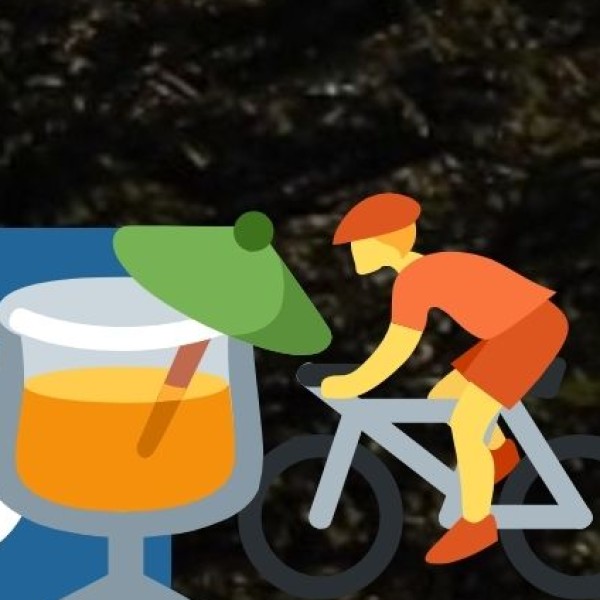What Makes Nagaland Culturally Unique?
Nagaland is often called the "Land of Festivals" due to its vibrant traditions, music, and celebrations. The state’s cultural richness is defined by:
- Diverse Tribal Traditions:
- Home to 16 major tribes (including the Ao, Angami, Sumi, Konyak, Lotha, and Chakhesang) and numerous sub-tribes, each with its own dialect, attire, and customs.
- Traditional Naga houses are decorated with skull trophies (a relic of their warrior past).
- The Hornbill Festival – "Festival of Festivals":
- Celebrated every December in Kisama Heritage Village, bringing all Naga tribes together.
- Features tribal dances, folk music, indigenous games, crafts, and traditional cuisine.
- A great way for travelers to experience authentic Naga culture.
- Traditional Arts & Handicrafts:
- Naga tribes are known for intricate handwoven shawls, bamboo crafts, beadwork, and wood carvings.
- Each tribal shawl has symbolic patterns representing social status and identity.
- Unique Music & Dance Forms:
- Nagaland has a strong tradition of folk songs, war chants, and storytelling through music.
- Modern Naga musicians have blended tribal sounds with rock, metal, and gospel music, making it the rock music capital of India.
- Distinctive Naga Cuisine:
- Naga food is known for its bold flavors, with an emphasis on smoked meats, fermented bamboo shoots, and fiery Bhut Jolokia (ghost pepper).
- Popular dishes include Smoked Pork with Bamboo Shoot, Axone (fermented soybeans), and Naga-style boiled meats.
- Traditional Festivals & Warrior Culture:
- Apart from Hornbill Festival, different tribes celebrate their own festivals, such as:
- Moatsu Festival (Ao Tribe) – Marking the sowing season.
- Sekrenyi Festival (Angami Tribe) – A purification ritual.
- Aoling Festival (Konyak Tribe) – Celebrating the New Year.
- Many festivals include warrior dances, headgear adorned with feathers, and storytelling through songs and rituals.
Nagaland’s blend of ancient warrior traditions, colonial past, and modern influences makes it one of India’s most culturally distinct and fascinating destinations.
